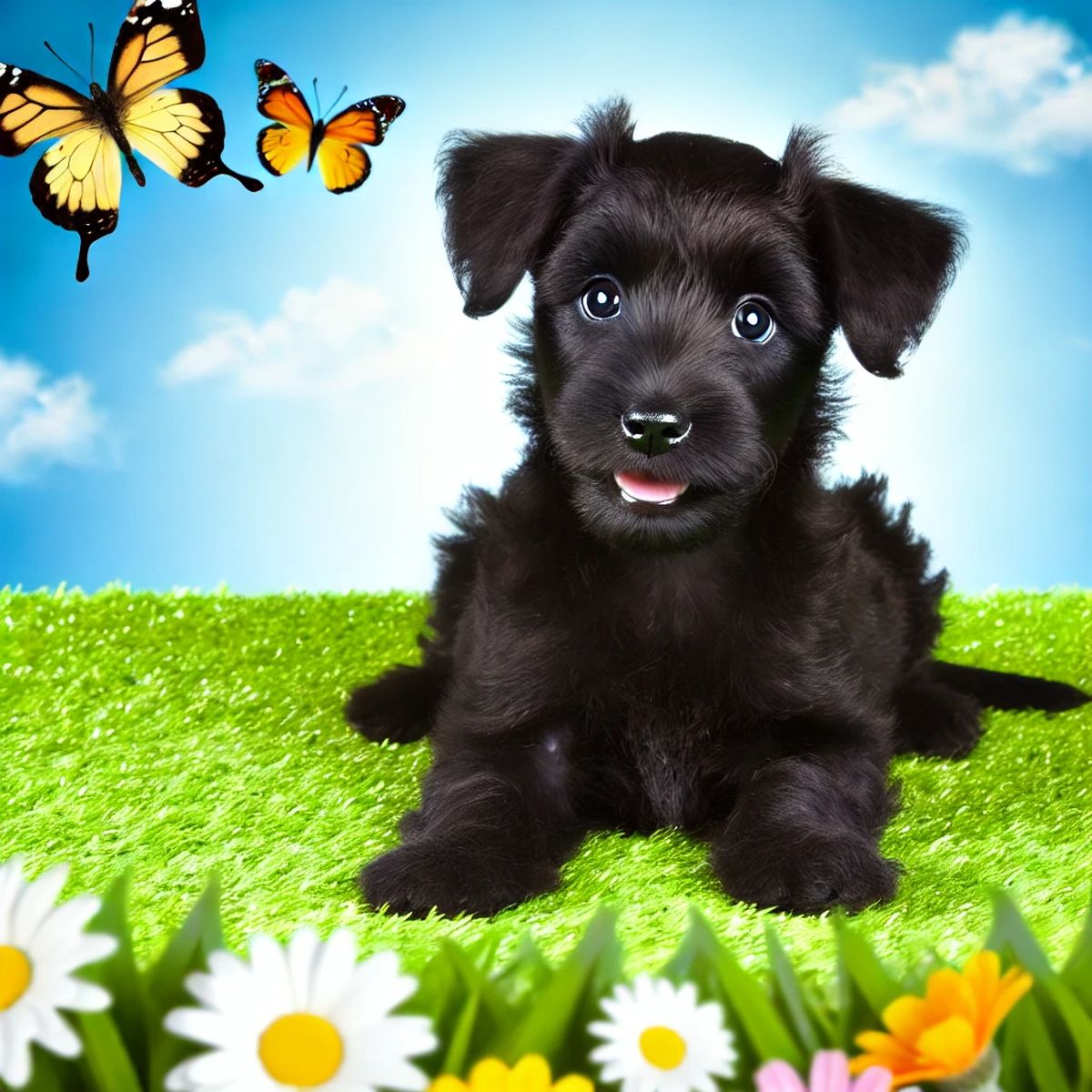Can ChatGPT generate images?

Can ChatGPT generate images? The answer to this question is not a direct “yes.” Because the actual product used behind the scenes is DALL-E. But since OpenAI connected these two services, you can generate images while talking to ChatGPT.
Can ChatGPT generate images: Yes, it does with DALL-EAbsolutely! ChatGPT has the capability to generate images through its integration with advanced image generation models. Users can provide detailed text descriptions of the scene or object they wish to visualize, and ChatGPT can transform these descriptions into visual artwork. This feature allows for a wide range of creative possibilities, from generating unique illustrations and artwork to visualizing concepts and ideas.
How does ChatGPT generate images?OpenAI, the innovator behind both DALL-E and ChatGPT, has made these cutting-edge technologies widely accessible with the introduction of GPT-4o. This latest iteration enhances the ability to generate detailed images from textual descriptions, bridging the gap between visual concepts and their linguistic representations.
By using the capabilities of DALL-E integrated within GPT-4o, users from various backgrounds—whether they be artists, designers, educators, or marketers—can now bring their visual ideas to life with unprecedented ease and precision. This guide will walk you through how to utilize ChatGPT for image generation, ensuring you can harness the full potential of this transformative technology.
How to use ChatGPT for image generation?Now you know that ChatGPT can generate images, let’s learn how:
- Provide a description: Start by giving ChatGPT a detailed description of what you want to see in the image. The more specific you are, the better the results will be.
Example prompt: Can you generate a cute puppy image for me?
The output:
 Output 1
Output 1
- Specify style and details: If you have a particular style in mind, such as realistic, cartoonish, or something inspired by a famous artist, mention this as well. You can also specify details like colors, mood, and composition.
Example prompt: Can you generate a cute black puppy image for me?
The output:
 Output 2
Output 2
- Review and refine: Once ChatGPT generates the image, review it to see if it meets your expectations. If necessary, you can ask for adjustments or refinements.
- Use the image: Once you’re satisfied with the image, you can use it for various purposes such as presentations, websites, or any other project that benefits from custom visuals.
Example prompt: These are cute but can you generate a cute black puppy image playing with a ball in a cartoonish style for me?
The output:
 Output 3
Output 3
By following these steps, you can effectively utilize ChatGPT’s image generation capabilities to bring your creative visions to life.
Best prompts for characters, logos… well everything
Best tips while generating images on ChatGPTHere are some tips for effective prompting that can help you get more precise and useful responses:
- Be specific: Clearly define what you are looking for in your request. The more specific you are, the more accurate and relevant the response will be.
- Include context: Provide background information when necessary. This helps in understanding the full scope of the request and delivering a response that is more tailored to your needs.
- Use concise language: Keep your prompts brief yet detailed enough to convey your request without ambiguity.
- Sequence your questions: If you have multiple questions, order them logically. This helps in providing coherent and structured responses.
- State your preferences: If you have specific preferences (like style, tone, or format), mention them in your prompt. This ensures the response aligns with your expectations.
- Ask open-ended questions: When appropriate, use open-ended questions to encourage a broad and deep response, rather than a simple yes or no.
- Review before sending: Double-check your prompt for clarity and completeness to avoid misunderstandings and the need for further clarifications.
Featured image credit: Solen Feyissa/Unsplash
